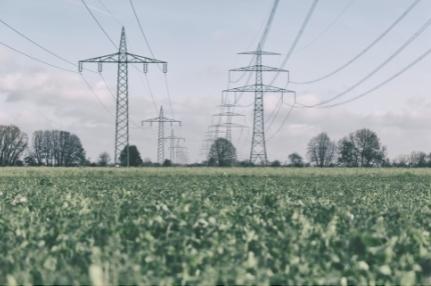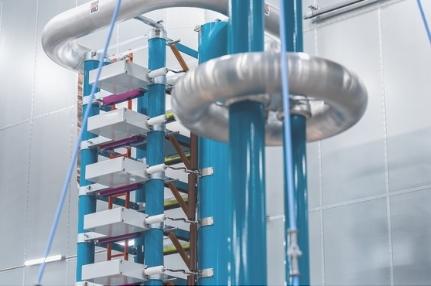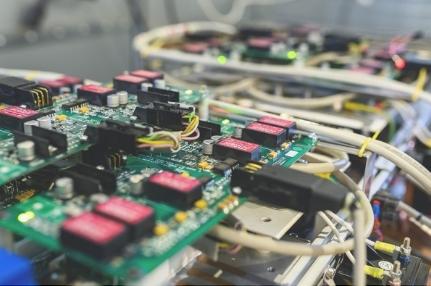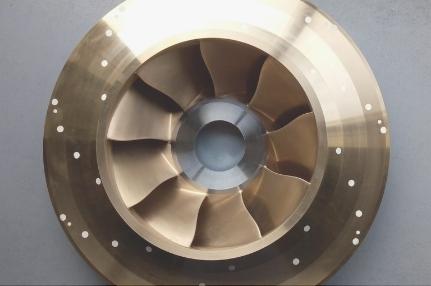Recherche & collaboration
Qu’est-ce qui nous rend unique ?
SuperGrid Institute doit son succès aux personnes qui composent nos différents départements de recherche. Nos équipes viennent d’horizons divers, tant industriels qu’universitaires, et la richesse de leur expérience et de leurs compétences rend l’Institut unique.
Chaque personne apporte une expertise spécifique et ce vivier de connaissances offre aux spécialistes de différents domaines la possibilité de collaborer sur des solutions innovantes pour résoudre des problèmes techniques.
L’Institut bénéficie d’étroites relations de collaboration avec des acteurs de l’industrie et des institutions académiques. Alors que les forces complémentaires de nos partenaires apportent des éclairages et des approches innovantes aux défis techniques, nous développons nos départements de recherche en toute indépendance. Des investissements conjoints publics-privés et des projets de collaboration financent le travail.
Les installations de recherche, les plateformes de test et les laboratoires de pointe de SuperGrid Institute sur les sites de Villeurbanne et de Grenoble sont la clé du succès de nos départements de recherche.

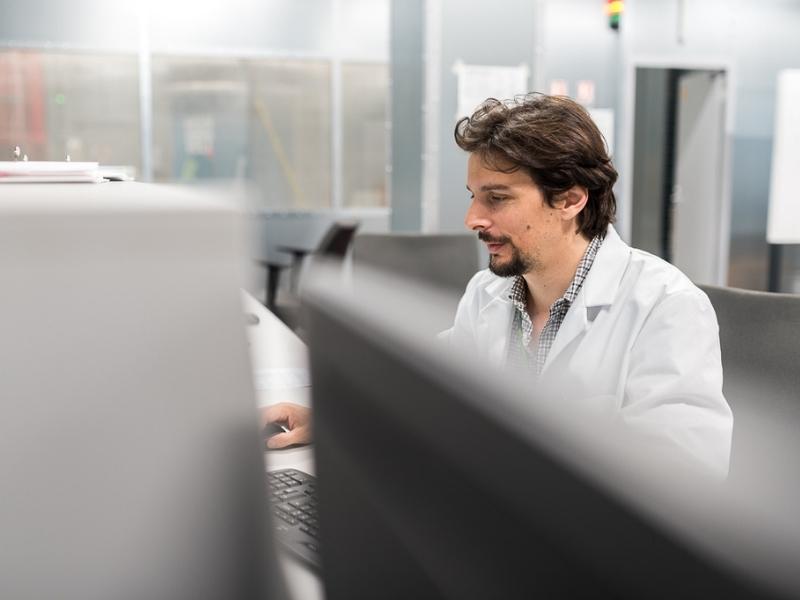
Nos dernières publications scientifiques
A novel single-ended fault identification algorithm for full selective protection strategy
We propose a parametric single-ended fault identification algorithm to be used in full selective protection strategy.
Characterization of Partial Discharges Initiated by Protrusion in HVDC Coaxial Geometry
This paper aims at the detection and characterization of partial discharges (PD) in GIS under HVDC constraints in the presence of a protrusion/metallic particle on the high voltage conductor.
Partial Discharge Behavior of Protrusion on High Voltage Conductor in GIS/GIL under High Voltage Direct Current: Comparison of SF6 and SF6 Alternative Gases
Recent studies have demonstrated that fluoronitrile (FN) NovecTM 4710 and fluoroketone (FK) NovecTM 5110 show higher dielectric strength than SF6. These gases can be mixed with a buffer gas such as CO2 and technical air to have suitable dielectric properties for high voltage insulation applications.


